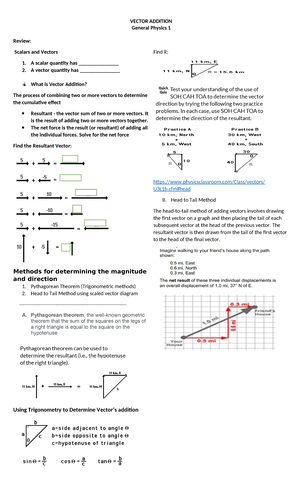- Information
- AI Chat
Was this document helpful?
Isec 2018 format
Course: Science technology
44 Documents
Students shared 44 documents in this course
University: Southeast Asian College
Was this document helpful?

Preparation of Papers in Two Column Format for
ISEC 2018
One Author
Institution, oneauthor@schoolname.edu
If multiple authors from the same institution
First Author and Second Author
University of Virginia, firstauthor, secondauthor@virginia.edu
Example:
Gabrielle Doe, James Johns, and Amanda Smith
University of Virginia, gd, jj, as@virginia.edu
or multiple authors from multiple institutions
First Author, Second Author, and Third Author
firstauthor@virginia.edu, secondauthor@vt.edu, thirdauthor@gmu.edu
Abstract - All papers must include an abstract and a set
of index terms. The Abstract and Index Terms text must
be 10 point Times New Roman, fully justified and
contained within one paragraph. Begin the Abstract
with the word Abstract - in Times New Roman italic.
The entire Abstract should be in bold. Do not indent.
Use a standard dash after the word “Abstract.” Do not
cite references or use abbreviations in the abstract. It
should be approximately 200 - 275 words.
Index Terms - About four, placed in alphabetical order, key
words or phrases that are separated by commas (e.g.,
Camera-ready, FIE format, Preparation of papers, Two-
column format). Italic for the label “Index Terms”;
otherwise, regular font.
PAGE LAYOUT
These instructions serve as a template for Microsoft Word
(Office 2013 used), and give you the basic guidelines for
preparing camera-ready papers. Please follow the
instructions provided in these guidelines carefully to ensure
legibility and uniformity. The guidelines are designed to
reduce the amount of white space and maximize the amount
of text that can be placed on one page. Please do not use
LaTex.
Follow these instructions to help you use this template
more easily. When you use this file, select “Print Layout”
from the “View” menu (View | Print Layout), which will
allow you to see the two-column format. You may then type
over sections by using the cut and paste commands listed
under the Edit menu (Edit | Paste) into this document and/or
by using the markup styles. Finally, enable “Show”
(paragraph mark icon) so you can see the various formatting
features. We suggest you use this document as your guide
and simply cut and paste your text over the material in
this document. If you MUST use Google docs, focus on
your content and when that’s set, cut and paste it into
this template.
OVERALL FORMAT SPECIFICATIONS
All papers must use the following layout:
8 1/2” x 11” paper size
Portrait Orientation
Two-column format for the body of the
document
Top margin: 0.75”
Bottom margin: 1.0”
Left and right margins: 0.75”
Spacing between columns: 0.20”
Column width: 3.4”
Indents - first paragraph of section - none
Indents - all other paragraphs - .25”
Header and Footers 0.5 inches
Set all these values using the “FILE” Menu. Select the
Page Setup – Margins tab option and click on portrait
orientation option. The above margin dimensions can then
be inserted into the Page Setup Window. Now select the
Paper tab and click on the paper size and select the letter
paper size. Next, select the Page Setup – Layout tab and set
the Header and Footer to 0.5 inches. To set the column
width, click anywhere in the document within the two
column format, then Select the Columns for the Format
menu. Click on the Equal Column Width and set the





